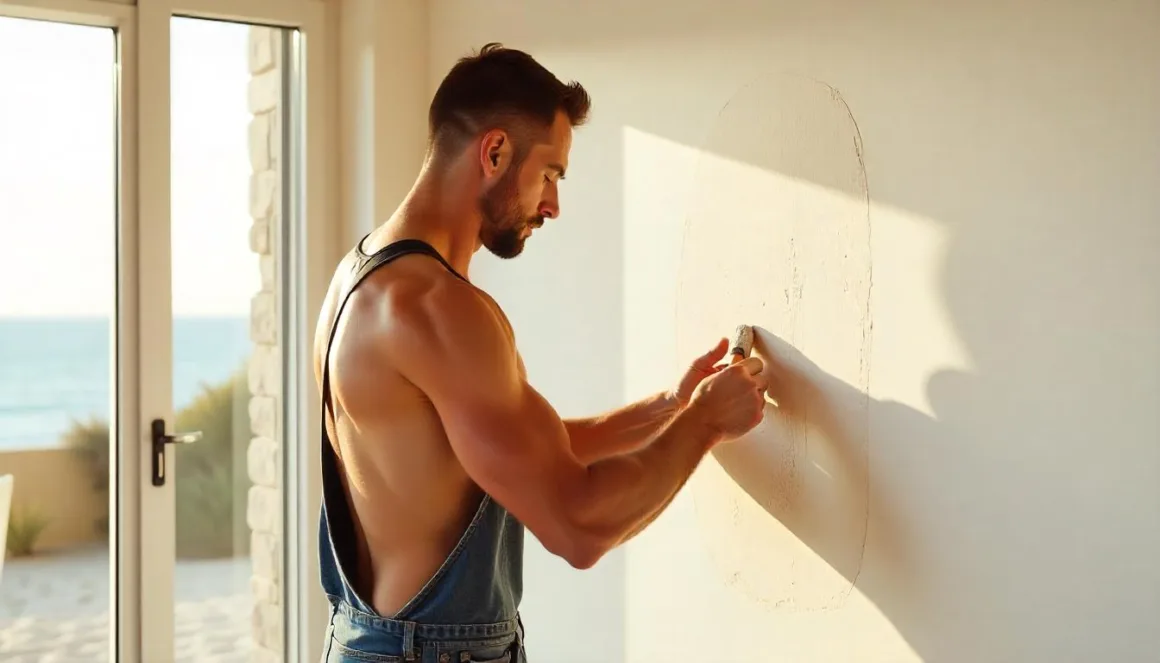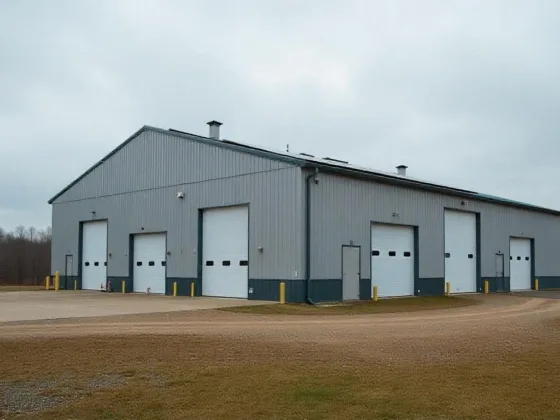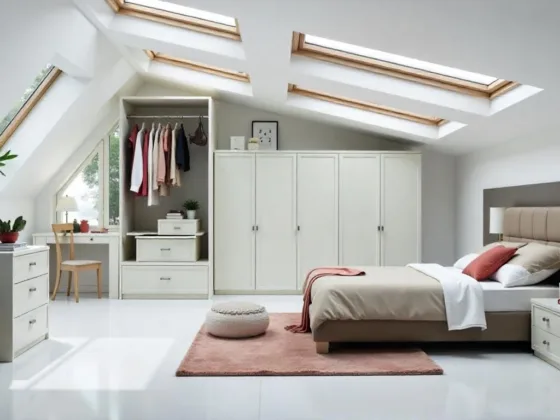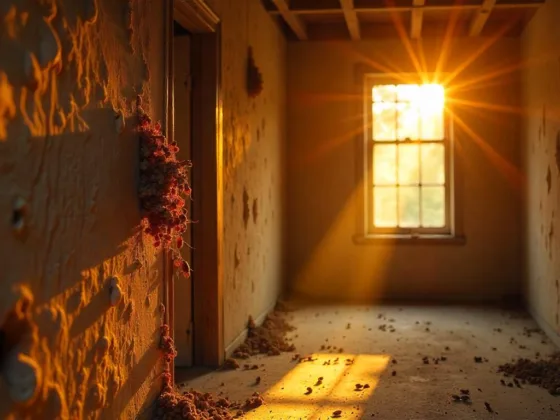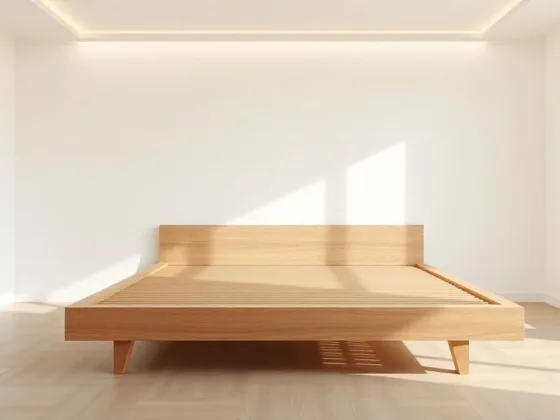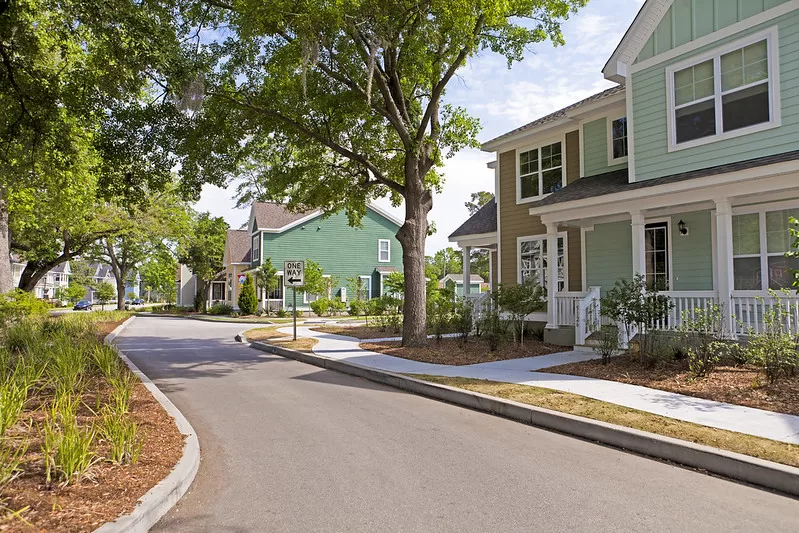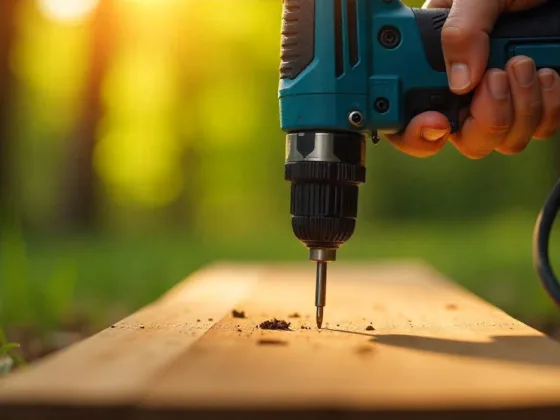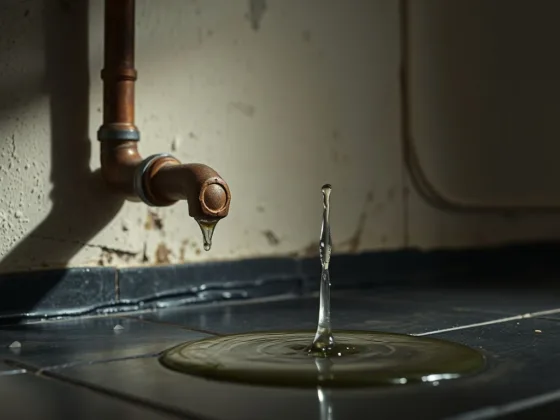Construction crews install walls in buildings, but their work isn’t done. Uneven surfaces must be addressed, and property owners have options. They may paint the walls, hang wallpaper, or finish them with plaster.
Plaster covers coarse surfaces on walls and ceilings to provide a smooth, aesthetically pleasing finish. Property owners may choose from several plaster finishes, each providing a different look. Once they choose a finish, people should try TERRAZZO GraniTech for outstanding results.
The Benefits of Plastering
Aesthetic Appeal
Plaster finishing enhances a project’s aesthetics. It takes a rough and uneven surface and makes it a seamless canvas, so any further work looks professional and visually appealing.
Surface Protection
Furthermore, the plaster protects the surface from environmental elements. Moisture and temperature fluctuations won’t be a concern, and the owner won’t need to worry about dampness, cracks, and structural problems. The property’s integrity will be maintained.
Insulation Properties
Plaster may serve as an insulating material. Modern plaster often has acoustic and thermal properties, so energy consumption decreases while indoor comfort is maintained.
Thanks to these properties, plaster has become a favorite of companies specializing in sustainable construction. The property owner sees these benefits regardless of the finish selected. What options should they consider?
Smooth Coat Finish
A smooth coat finish leaves behind a level surface. This smooth finish is created using a wooden float rather than a steel trowel. The technician should apply the minimum amount of working to the wetted surface to ensure the material doesn’t dry too rapidly.
The mix must contain lime if a neeru finish is desired, and the proportions of lime, cement, and fine sand vary by where the plaster will be applied.
Sand Faced Plaster Finish
Plaster specialists apply a sand-faced finish in two coats.
- First Coat: The first coat is 1:4 cement-sand mortar, applied to a thickness of 12 mm. The mortar mix is the same as the smooth coat finish. When applying this finish, the specialist uses zig-zag patterns so the surface isn’t smooth. Mortar won’t adhere to a smooth surface.
- Curing: Once the plaster is in place, it must be cured with water for seven days before applying the second layer.
- Second Coat: Clean, washed sand is rubbed onto the surface. The size of the sand is consistent, and it is applied using a sponge while the second coat is still wet.
Rough Cast Finish
Plaster specialists add coarse aggregates to conventional plaster mortar to create a rough cast finish. Coarse aggregates make up the majority of the mortar mix, and they vary in size.
- The specialist combines one part of cement with 1.5 parts of sand before adding three parts of coarse aggregate.
- They then work this mixture into the plaster surface using a large trowel.
- The mixture is dashed against the surface before the specialist uses a wooden float to create a rough texture.
Rough cast finishes are frequently found on building exteriors because they resist cracking, are waterproof, and last for extended periods. Many people refer to the rough cast finish as the spatter dash finish.
Related reading: How to Get the Perfect Venetian Plaster Walls?
Pebble Dash Finish
Plaster specialists frequently refer to the pebble dash finish as the dry dash option. The plaster technician applies the final coat of plaster, which must have a cement:sand ratio of 1:3. The final layers must be 12 millimeters thick. Once the final plaster coat is in place, the technician dashes clean pebbles against it.
The pebbles range in size from 6 millimeters to 20 millimeters. When the pebbles have attached to the plaster, the technician uses a wooden float and applies mild pressure to secure them.
Many property owners request this finish because it is extremely durable, and any flaws or inadequacies will not be seen. The rough appearance hides imperfections.
Depeter Finish
The depeter finish is similar in many ways to the pebble dash finish. The plaster technician applies a 12 mm layer to the surface before pressing tiny pieces of gravel or flint into the wet plaster.
They typically use their fingers for this process and use different flint hues for a visually appealing look. They can create unique designs that draw the eye using this finishing technique.
Related reading: How to Apply Faux Venetian Plaster Finish, Decorative Paint Technique
Scraped Finish
Many homeowners request the scraped plaster finish. They love how the plaster offers a contrast between smooth and rough surfaces.
The specialist applies a plaster coat between 6mm and 12 mm thick to the surface. They allow this coat to stiffen for a few hours before returning to scrape the uppermost layer off. They use an old saw blade or steel straight edge, although other tools may also be used.
Textured Finish
Many property owners want the plaster to have a textured finish. Specialists use many textures to create the owner’s desired artistic motif. The plaster technician must undergo training to complete the process correctly and needs specialized tools.
Related reading: How to Repair Ceiling Cracks in Plaster Ceiling
Special Materials
Plaster specialists may add materials to the mixture before applying the finishing coat. These materials increase the surface’s durability, make it fireproof, or provide heat insulation.
The technician must determine which material should be used for different applications. Choices include acoustic, asbestos marble, barium, granite silicone, gypsum, and Keene’s cement plaster.
Different Types of Plaster and Their Uses
Here’s a breakdown of some common types of plaster and their specific uses:
- Acoustic plaster: Creates a honeycomb texture that helps absorb sound.
- Barium plaster: Ideal for rooms where radiation is present, such as X-ray rooms.
- Gypsum: Used to create Plaster of Paris, which hardens within minutes of adding water but is also soluble in water. It resists fire and weighs little.
- Keene’s cement plaster: Ideal for decorative work because it has a white, glass-like polish once it cures. Specialists can also add lime to create ornamental features and it insulates sound.
Why You Should Work with a Plaster Specialist
Work with a plaster specialist to complete tasks involving this material. This material is challenging to work with, so it is best to leave it to the professionals.
When they apply the correct finish, the property owner is left with a piece of art that will last for years. The professionals help property owners decide the right finish for the application and ensure any add-ins are included. With their help, a property owner can have a plaster finish that meets their needs perfectly.
FAQs
Modern plaster finishes are contemporary applications of plaster that provide a smooth, textured, or decorative surface for walls and ceilings. They can enhance the aesthetic of a space while offering durability and versatility in design.
Modern plaster finishes often use advanced materials and techniques, allowing for quicker application and a wider variety of textures and styles. Unlike traditional plaster, which can be labor-intensive and time-consuming, modern finishes are designed for efficiency and ease of maintenance.
Plaster finishes offer several benefits, including improved acoustics, enhanced durability, and a unique aesthetic appeal. They can also help regulate humidity and temperature, making them a practical choice for various environments.
Yes, modern plaster finishes can typically be applied over existing surfaces, such as drywall or previously painted walls, as long as the surface is properly prepared. It’s essential to ensure good adhesion for the best results.
Many modern plaster finishes are made from sustainable materials and can be eco-friendly. They often have low VOC emissions, contributing to better indoor air quality. It’s advisable to check specific product labels for eco-certifications to ensure they meet your environmental standards.
